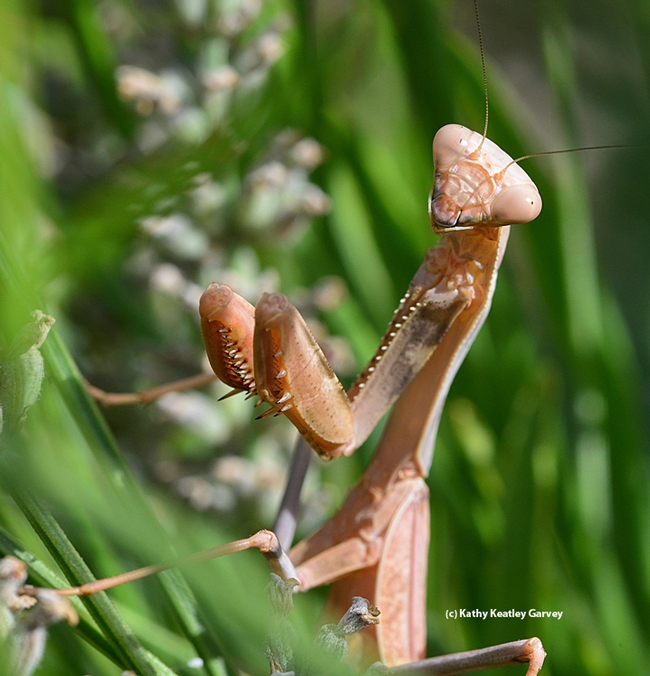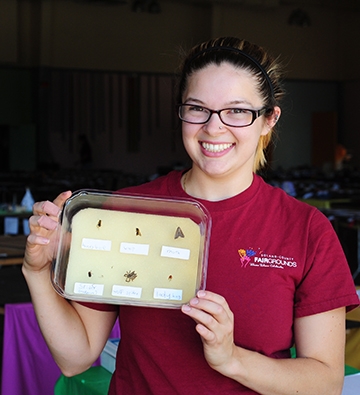- Author: Kathy Keatley Garvey
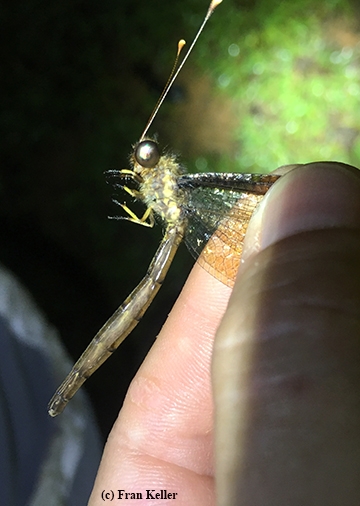
A group of scientists associated with the Bohart Museum of Entomology, UC Davis, journeyed to Belize last summer to add to the Bohart Museum's global collection of insects. The group included professors, graduate and undergraduate students, and Bohart Museum staff and volunteers.
But just wait until you see what they brought back.
You will at the Bohart Museum of Entomology open house from 1 to 4 p.m., Sunday, Sept. 18 in Room 1124 of the Academic Surge Building on Crocker Lane. You can learn about their journey, what they collected, and also glean information on how to collect insects.
The event, free and open to the public, is the first in a series of weekend open houses at the Bohart Museum during the academic year. All open houses are family friendly.
Two scientists, Dave Wyatt, a professor at Sacramento City College, and Bohart Museum associate Fran Keller, assistant professor at Folsom Lake College, led the collection trip. Wyatt has been on more than a dozen collection trips to Belize and has also collected in Costa Rica. Keller is not only a veteran of Belize collecting trips but is a former student of Wyatt's. It was Wyatt who introduced her to entomology at Sacramento City College. Keller went on to receive her doctorate in entomology from UC Davis, studying with major professor Lynn Kimsey, director of the Bohart Museum.
How many specimens did they bring back? About 100,000, Keller estimated.
The Bohart Museum is a world-renowned insect museum that houses a global collection of nearly 8 million specimens. It also maintains a live “petting zoo,” featuring walking sticks, Madagascar hissing cockroaches and tarantulas. Among the newest additions to the "zoo" are a young praying mantis and a population of Gulf Fritillaries--the public can see the caterpillars, chrysalids and adult butterflies.
At the open house, visitors can engage in one-on-one conversations with the scientists about the Belize trip. And they can also hold and photograph some of the petting zoo residents. A gift shop, open year around, includes T-shirts, sweatshirts, books, jewelry, posters, insect-collecting equipment and insect-themed candy.
Family arts and crafts activities are also planned, said Tabatha Yang, public education and outreach coordinator.
The Bohart Museum's regular hours are from 9 a.m. to noon and 1 to 5 p.m. Mondays through Thursdays. The museum is closed to the public on Fridays, Saturdays and Sundays and on major holidays. Admission is free.
More information on the Bohart Museum is available by contacting (530) 752-0493 or bmuseum@ucdavis.edu
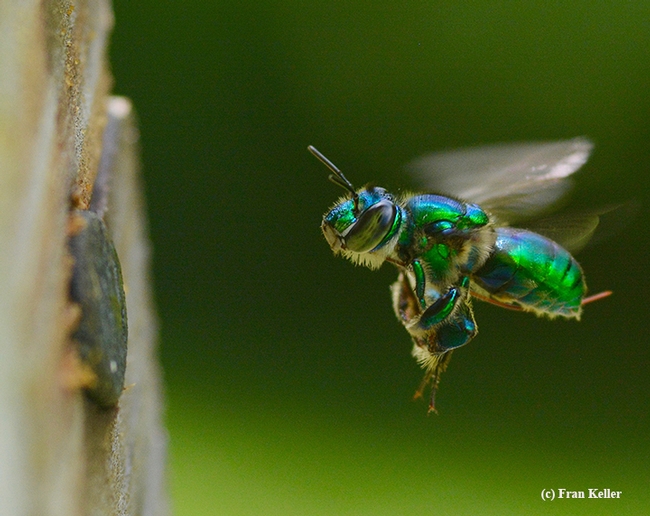
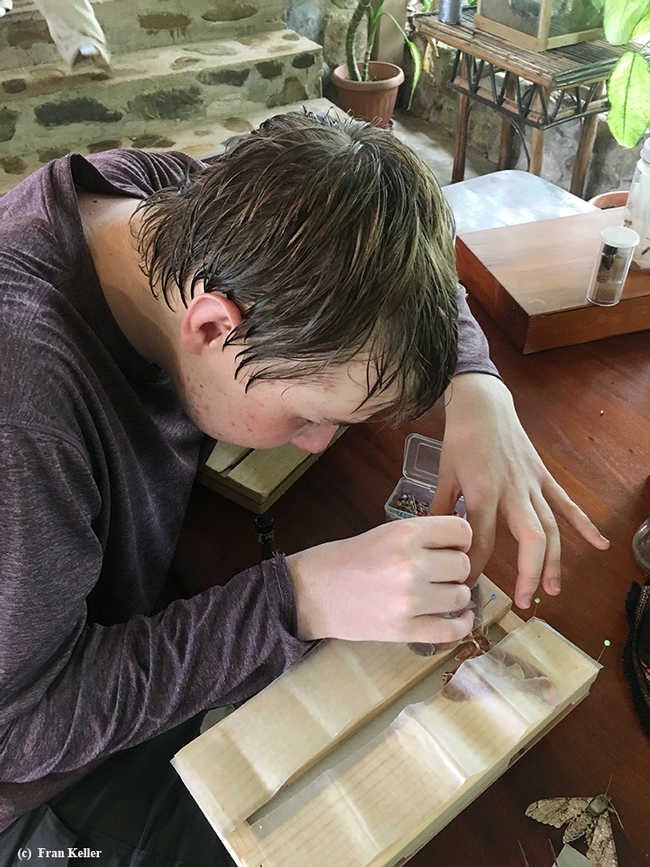
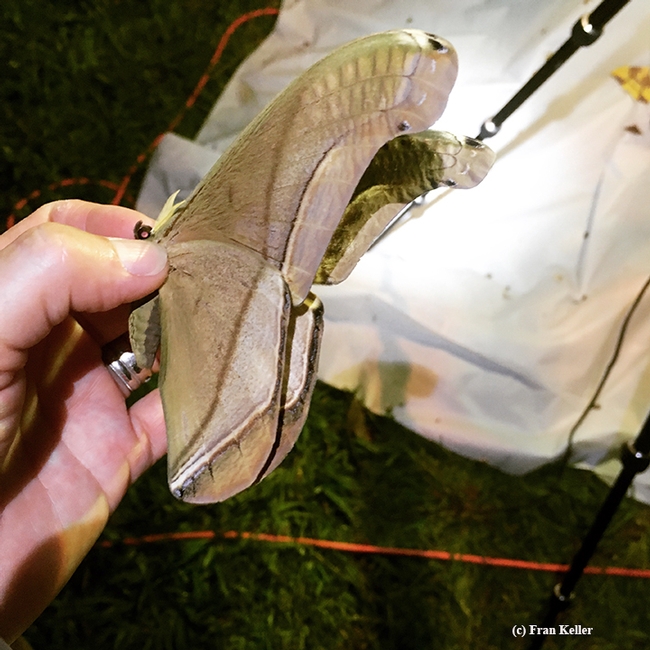
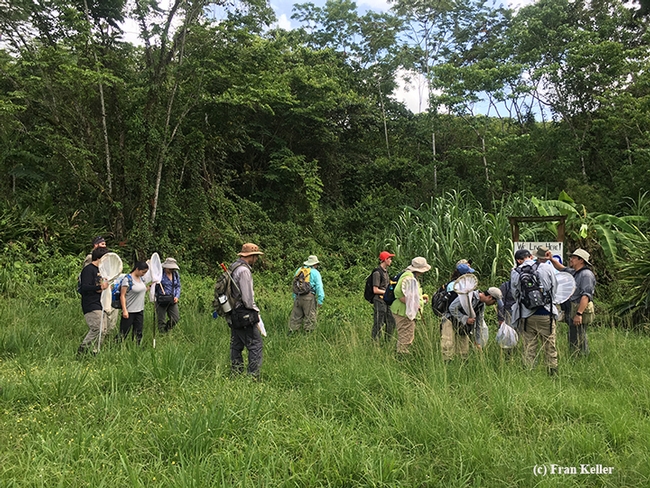
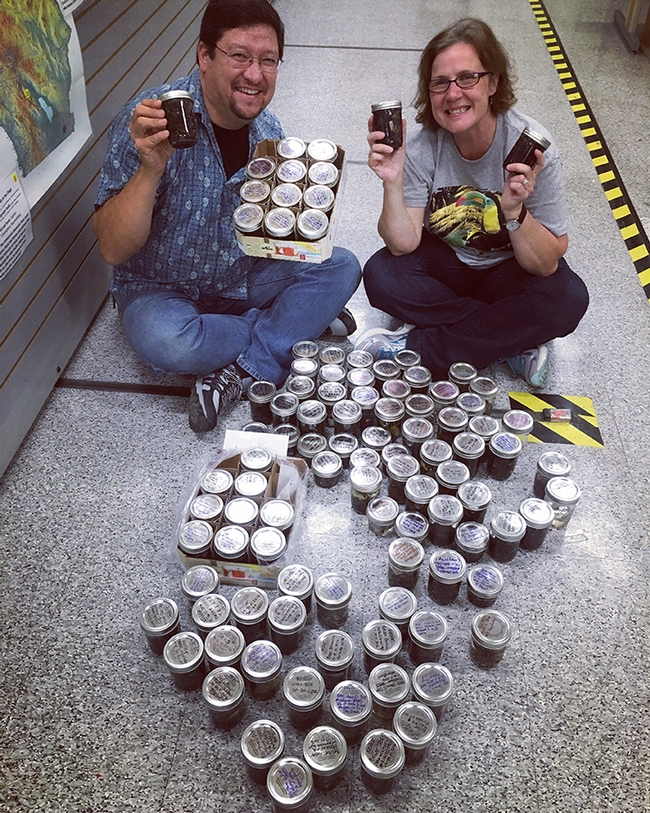
- Author: Kathy Keatley Garvey
Yes, bugged.
And you won't want to miss it.
If you head over to the 69th annual Solano County Fair, 900 Fairgrounds Drive, Vallejo, between now and Sunday, July 31, you'll see lots of bees, butterflies, lady beetles, dragonflies, ants and other insects in McCormack Hall. They're depicted in photos and drawings, and on display boards, quilts, cakes, muffins, China plate paintings and more.
Gloria Gonzalez, superintendent of McCormack Hall, and her crew assembled the last of the displays earlier this week, just in time for the opening on Wednesday, July 27. The fair is open weekdays until 11 p.m., and on Saturday and Sunday, July 30-31, from noon to 11 p.m.
Fairs are educational, informative, and entertaining, and the Solano County Fair, launched in 1949, is no exception. This year's theme is "Play It Again, Solano!"
But, back to the insects. Most of the exhibits in McCormack, of course, do not showcase insects, but many do! And they are amazing!
Have you ever seen a honey bee on a rock? Andrew Donato of Vallejo, has. In fact, he painted a bee on a rock and entered it in the 9-10 age graphic arts category. It's a winner!
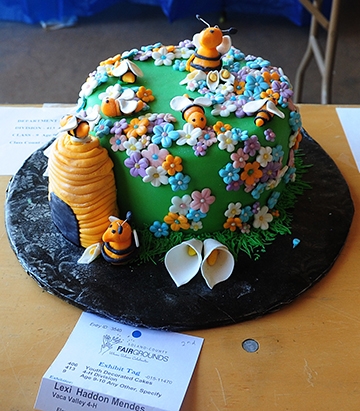
Lexi Haddon Mendes of the Vaca Valley 4-H Club, Vacaville, entered a decorated cake, "Flowers and Bees," in her age division, 9-10. She knows bees; she's a beekeeper and her father heads the club's beekeeping project.
Madeline Giron of Benicia entered muffins decorated with colorful ladybugs, aka lady beetles, in her 11-13 age division. Judges said "Yum!" and "Beautiful!" and "Blue Ribbon!"
Joseph Garrett of Fairfield entered several mounted insect specimens--along with a wolf spider (spiders are not insects)--in the science project division, ages 5-8. Is Joseph an entomologist-to-be?
The work of the adults is also incredible!
- Laquita Cumings of Rodeo entered a quilt of the most colorful butterflies you've ever seen. Best of show!
- Kim English of Fairfield entered a "Dresden design" China painting, adorned with flowers, butterflies and a bee.
- Celia Weller of American Canyon crafted a machine-quilted wall hanging adorned with flowers and an exotic butterfly not found in nature--but found at McCormack Hall.
- Beverly O'Hara of Benicia appliqued a quilt with ants and called it "Ant-titude." Clever! It features ants enjoying a picnic. What's a picnic without ants?
- Anita Jessop of Benicia imagined a field of flowers, and quilted a "Sunny Field of Flowers" wall hanging, complete with a hummingbird and dragonflies.
- Laura Ryan of Benicia entered a fan needlepoint anchored with a delightful blue butterfly. Reminds us of the blue morpho!
Those are just some of the prize-winning exhibits by youth and adults displayed at McCormack Hall. Be sure to check out the other buildings as well for an overall look at what the fair offers. The fair ends on Sunday, July 31 at 11 p.m.
Gloria Gonzalez, a longtime 4-H volunteer, has worked on the McCormack Hall displays for 11 years and has served as the superintendent for three years. She's the community leader of the Sherwood Forest 4-H Club, Vallejo, a position she's held for eight years.
The veteran 4-H adult volunteer has served as a project leader in the Sherwood Forest 4-H Club for 18 years. Many of the folks who crew McCormack Hall are also 4-H'ers, including Sharon Payne, a past president of the Solano County 4-H Leaders' Council; and longtime 4-H'ers turned leaders, Angelina Gonzalez and Julianna Payne, all of the Sherwood Forest 4-H Club.
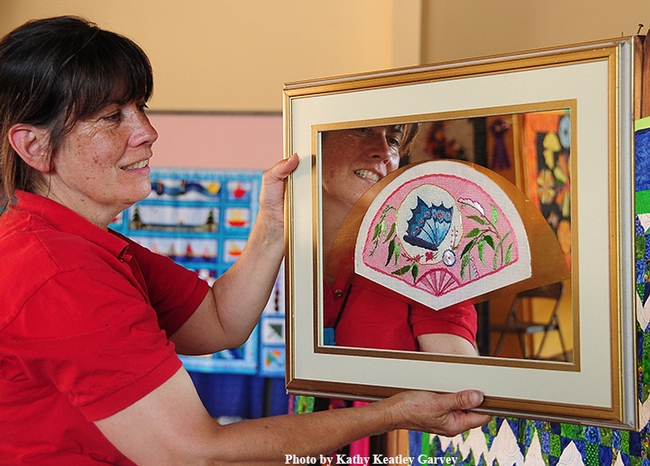
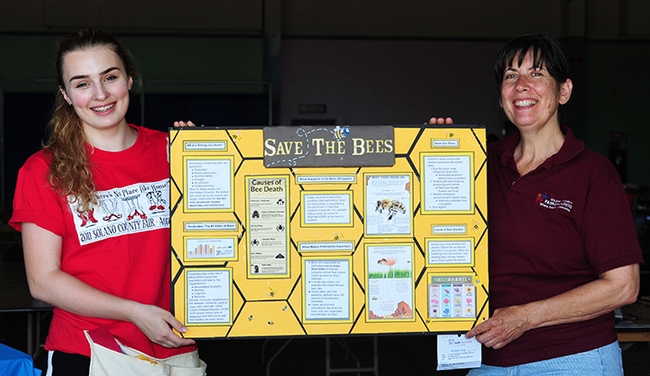
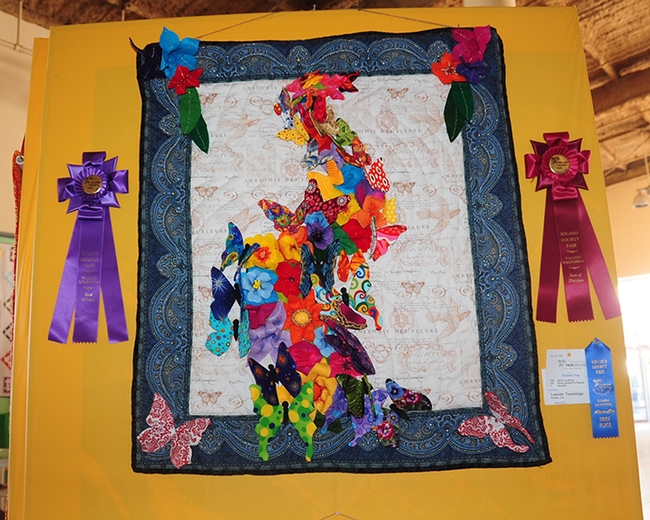
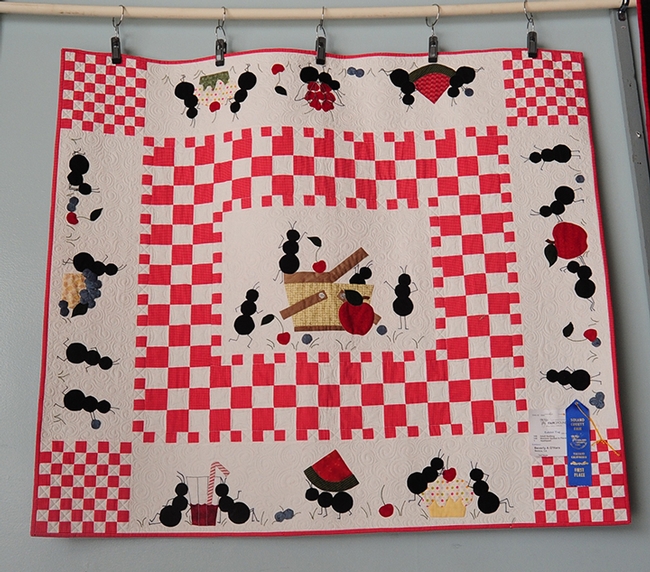
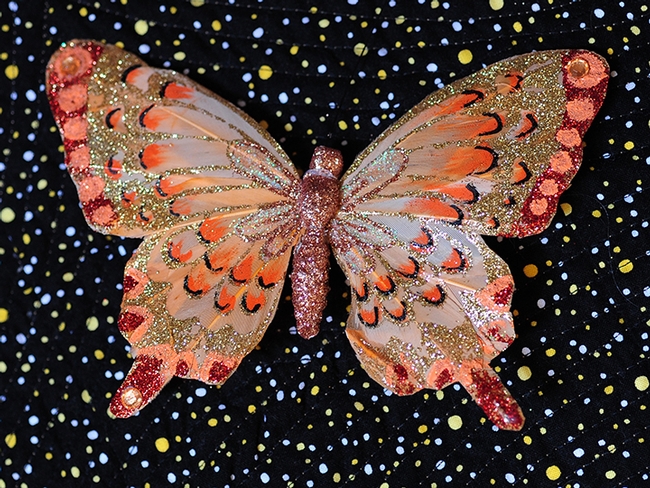
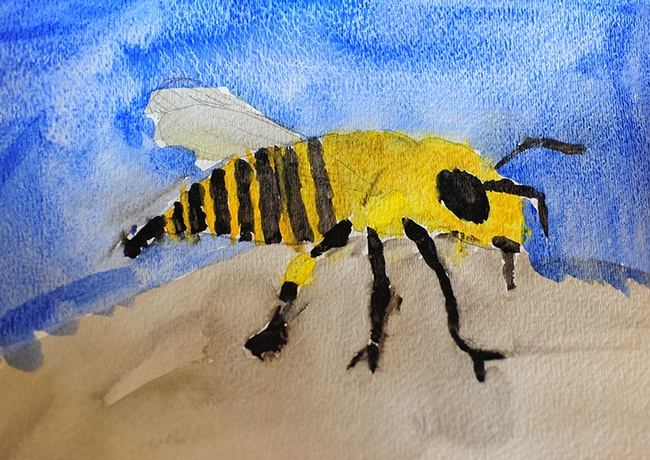
- Author: Kathy Keatley Garvey
What's a picnic without bugs?
Bugs may be uninvited guests at your family picnic, but at the campuswide UC Davis Picnic Day, set Saturday, April 16, bugs are not only invited, but more than welcome. And so are you, your family and friends. In fact, thousands will be attending the 102nd annual celebration, themed "Cultivating Your Authenticity."
The UC Davis Department of Entomology and Nematology is among the departments participating, with activities at Briggs Hall on Kleiber Hall Drive from 9:30 a.m. to 4 p.m., and an open house at the Bohart Museum of Entomology, located in Room 1124 of the Academic Surge Building on Crocker Lane, from 10 a.m. to 3 p.m.
Briggs Hall will be the site of a pollination pavillion, maggot art, cockroach races, fly-tying, face-painting, honey tasting, and a bee observation hive, and displays about ants, mosquitoes, aquatic insects and forest insects. The Bug Doctor booth ("The Doctor Is in") will be staffed by faculty and graduate students, while UC Davis forensic entomologist Robert Kimsey, aka "The Fly Man of Alcatraz," will man the Dr. Death table.
The UC Statewide Integrated Pest Management Program (UC IPM) will give away lady beetles, aka ladybugs, to kids to take home to their gardens. Lady beetles are beneficial insects and will make short work of your aphids. UC IPM also will provide advice on how to manage home and garden pests with environmentally sound methods.
At the pollinator pavilion, you can get up close and personal with butterflies, bees and other pollinators and learn how to protect our pollinators.
At the maggot art table, youths are invited to dip maggots into water-soluble paint and coax them to "create art" on a piece of white paper. Voila! Suitable for framing. And what a great conversation piece!
At the cockroach races, you are invited to cheer for your favorite roach. Everyone has a favorite roach, don't they?
You can also purchase a popular insect-themed t-shirt from the Entomology Graduate Student Association. Think beetles, bees, and wanna-bees.
Mosquitoes? They're invited, too. The Sacramento-Yolo Mosquito and Vector Control District will provide an educational exhibit about mosquito abatement.
Another popular exhibit at Briggs Hall is fly-tying by the Fly Fishers of Davis. They'll show you how to tie a fly.
At the Bohart Museum, the focus will be on "real insects as mimics." You'll see flies that look like bees--and bees that look like flies. In addition, you can hold and photograph the critters in the live "petting zoo," including Madagascar hissing cockroaches, walking sticks, and rose-haired tarantulas. The gift shop, featuring t-shirts, books, posters, insect collecting equipment, will be open.
All in all, it promises to be a picnic that will "bug ya." That's the plan!
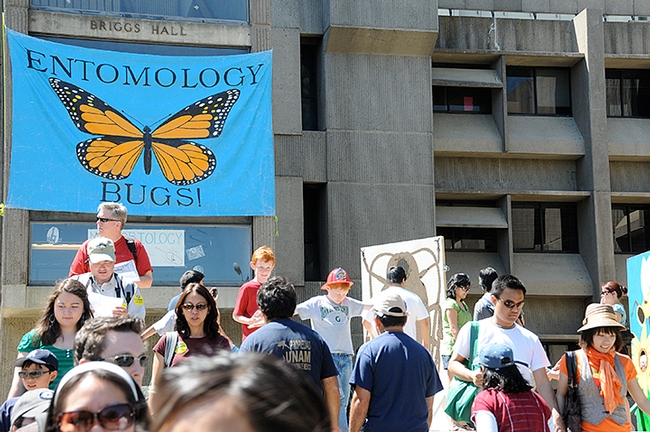
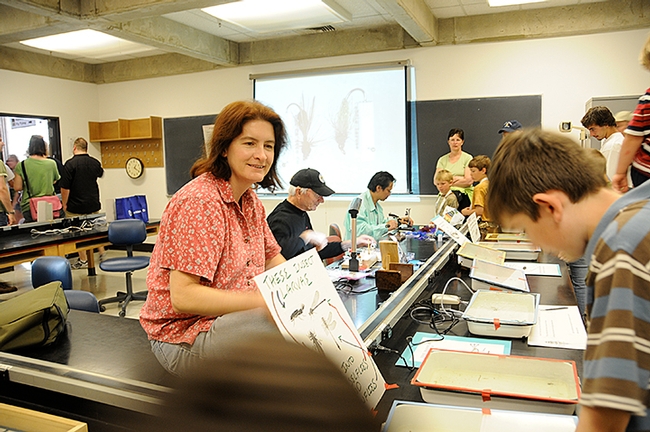
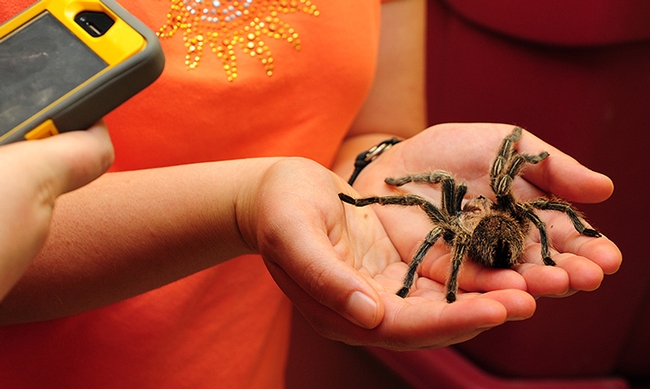
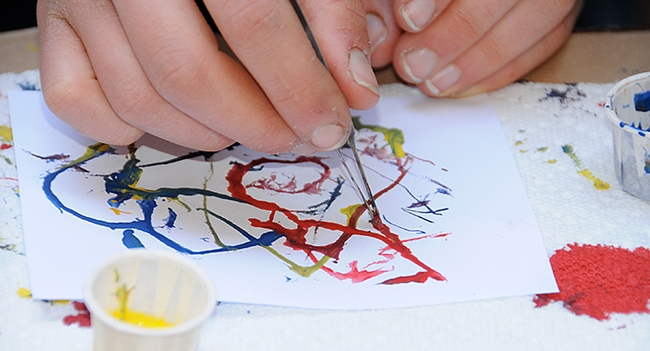
- Author: Kathy Keatley Garvey
We love looking at insect images.
Drum roll...the winning images for the Entomological Society of America's Photo Salon, a global competition, have just been announced. They will be shown at the ESA's meeting, Nov. 15-18 in Minneapolis, Minn. (The ESA theme this year is "Synergy in Science: Partnering for Solutions.")
You can see the list of winners and their images here: http://www.peoriacameraclub.com/Steve/Html/sect_1.htm
You'll see the best of show, a stunning butterfly image taken in Croatia. You'll see pests, prey, and predators. You'll see insects having a "happy meal." You'll see bug porn, or insects love caught in the act of reproducing more of the critters we love to shoot. You'll see insects you've never seen before--and probably will never see again.
They're spectacular. They're awe-inspiring. They're amazing.
As an aside, two of my photos were selected for the Photo Salon: One is of a bee fly that I titled "Pollen Power" and the other of two praying mantids ("Giddy Up").
Next year, you enter! Track that robber fly, follow that moth, and dash after that Blue Dasher. And don't forget the spiders. They're not insects, but arthropod images are also welcome in the Photo Salon competition.
If you want to learn more about macro photography, check out the Bug Shot Macro workshops at http://bugshot.net/. The instructors include noted insect photographers:
Alex Wild
John Abbott
Thomas Shahan
Piotr Naskrecki
Nicky Bay
We attended the four-day workshop May 7-10, 2015 at Hastings Reserve, a biological field station owned and operated by the University of California, Berkeley. Texas-based Alex Wild and John Abbott and Oregon-based Thomas Shahan served as the instructors and shared their knowledge and research. By the way, Wild received his doctorate in entomology from UC Davis and recently moved from Illinois to be the curator of entomology in the College of Natural Sciences, University of Austin. Wild specializes in ants; Abbott, dragonflies; and Shahan, jumping spiders. But they, of course, focus on other arthropods, too.
It was an incredible four days. More will come.
Ready, set, focus! Oh, no, where did that yellow-faced bumble bee go?
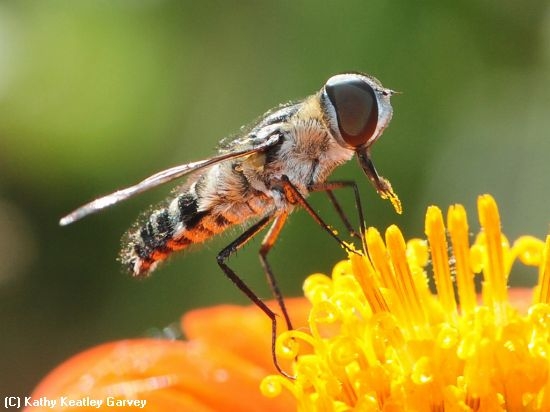
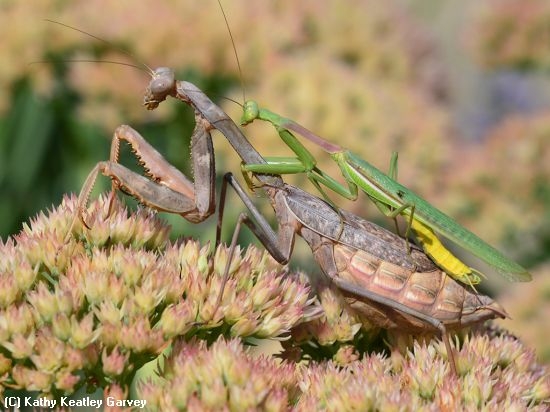
- Author: Kathy Keatley Garvey
The severe California drought--we're in the fourth year--is affecting us all, but it's also affecting insects, says Lynn Kimsey, director of the Bohart Museum of Entomology and professor of entomology at the University of California, Davis.
She writes about "Insects and Drought" in the current edition of the Bohart Museum Society newsletter.
"Californians tend to focus on their lawns and the price of water, but the state's wildlands and animals are also affected," she points out.
Here are some of her observations:
- Drought-stressed trees, such as conifers, "are vulnerable to attack by bark beetles. "The trees are unable to effectively defend themselveswith resin because their oleoresin system is 'powered' by their water-filled vascular system."
- Due to the mild winter (lack of cold temperatures and rain), "houseflies began breeding much earlier, giving their populations an early start" to build up their numbers.
- Due to the drought, wildlife such as skunks, possums, deer, raccoons and turkeys are heading into surburban areas, and bringing their fleas and other parasites. "This is one of the reasons why it's a good idea to keep wildlife away from your home," Kimsey points out.
- Praying mantids emerged earlier than usual this year, and in some areas, are having difficulty finding food. Many immature baby mantids in the foothills starved to death.
- Walnut twig beetles, which in conjunction with a fungus causes thousand cankers disease on native black walnuts, seem to be thriving....the trees "are dying at an accelerated rate due to a combination of water stress and the disease."
So, with the changing weather patterns come the changing insect populations. "Once the rains return, these patterns will change yet again, and again each insect group will react differently," Kimsey said. "Increasing rain, with mild winter temperatures, will have a different effect on insects than more rain and cold temperatures."
Bottom line: "Every year is a new entomological adventure," Kimsey points out. "The more we learn, the less we seem to know about these creatures."
Want to join the Bohart Museum Society and receive the newsletter? And receive other benefits? Check out the society information on the website.
The Bohart Museum, home of nearly eight million insect specimens, is located in Room 1124 of the Academic Surge Building on Crocker Lane, UC Davis. It's open to the public Monday through Thursday (except from noon to 1 p.m.). It's also open on special weekend open houses. For general information, identification of insects, or to schedule a group tour, call the main number at (530) 752-0493. The main email is bmuseum[at]ucdavis.edu. The public education/outreach coordinator is Tabatha Yang (tabyang@ucdavis.edu)
